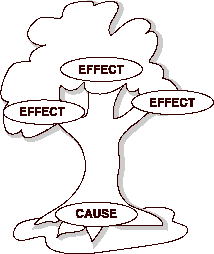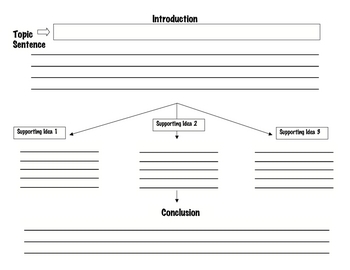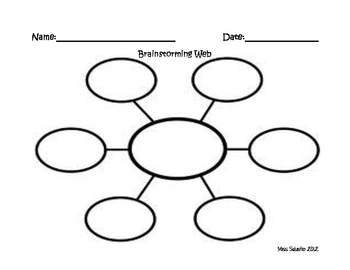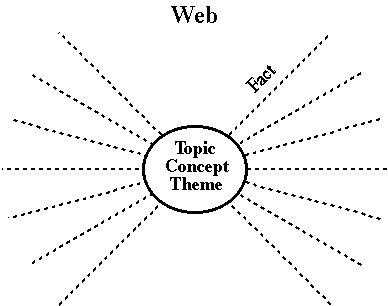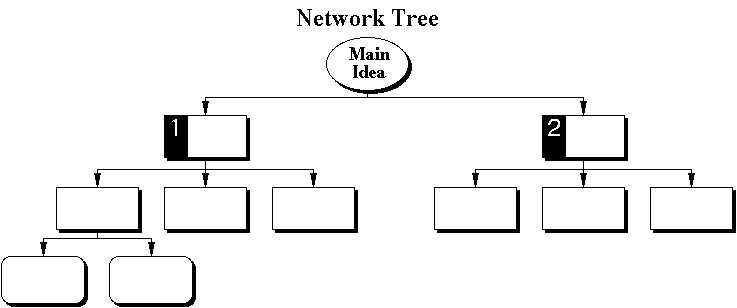Matrix & Rubrics
|
CATEGORY
|
4
|
3
|
2
|
1
|
Focus on story/article
|
Student is lost in the story. There's no looking around or flipping through the pages.
|
Student seems to be enjoying and moving through the story, but takes some short breaks.
|
Student seems to be reading the story, but doesn't seem to be very interested. Takes a few short breaks.
|
Pretends to read the story. Mostly looks around or fiddles with things.
|
Understands story elements
|
Student knows the title of the story as well as the names and descriptions of the important characters. Can tell approximately when and where the story happened.
|
Student knows the names and descriptions of the important characters and where the story takes place.
|
Student knows the names OR descriptions of the important characters in the story.
|
Student has trouble naming and describing the characters in the story.
|
Thinks about the story/article
|
Student accurately describes what has happened in the story and tries to predict "what will happen next."
|
Student accurately describes what has happened in the story.
|
Student accurately describes most of what happened in the story.
|
Student has difficulty re-telling the story.
|
Thinks about the characters
|
Student describes how different characters might have felt at different points in the story and points out some pictures or words to support his interpretation without being asked.
|
Student describes how different characters might have felt at different points in the story, but does not provide support for the interpretation unless asked.
|
Student describes how different characters might have felt at different points in the story, but does NOT provide good support for the interpretation, even when asked
|
Student cannot describe how different characters might have felt at different points in the story.
|
Tries to understand
|
Stops reading when it doesn't make sense and reads parts again. Looks up words s/he doesn't know.
|
Stops reading when it doesn't make sense and tries to use strategies to get through the tricky spots or to figure out new words.
|
Stops reading when it doesn't makes sense and asks for assistance.
|
Gives up entirely OR plows on without trying to understand the story.
|
#2
|
CATEGORY
|
4
|
3
|
2
|
1
|
Characteristics
|
important and at least one less obvious characteristic chosen
|
important characteristics chosen
|
characteristics chosen, but not the most important
|
insignificant or no characteristics chosen
|
Content
|
all similarities and differences were noted in ach comparison
|
85% of similarities and differences were accurate
|
70% accuracy
|
less than 70%accuracy
|
Neatness
|
legible
|
illegible
| ||
summary
|
Student accurately draws conclusions with 3 supporting facts from the matrix
|
Student draws conclusions....
|
....
|
.....
|
#3
|
CATEGORY
|
3
|
2
|
1
|
0
|
Message
|
Message has more than three words.
|
Message has two or three words.
|
Message has one or two words.
|
No message.
|
Alphabet
|
Alphabet is given with numbers assigned.
|
Alphabet with numbers assigned is not given.
| ||
Uncoded row matrices
|
Uncoded row matrices are given and are correct.
|
Uncoded row matrices are given but one or more is not correct.
|
Uncoded row matrices are not given.
| |
2x2 coding matrix
|
2x2 coding matrix is given and four different numbers (including at least one negative number) are used.
|
2x2 coding matrix is given and four different numbers are used, but no negative numbers were used.
|
2x2 coding matrix is given but some numbers repeat.
|
2x2 coding matrix is not given.
|
Coded row matrices
|
Coded row matrices are given and are correct.
|
Coded row matrices are given but one or more is not correct.
|
Coded row matrices are not given.
| |
Coded message
|
Message is given as numbers separated by commas.
|
Message is not given as numbers separated by commas.
| ||
Name
|
Student name is on all papers.
|
Student name is not on one or more papers.
|
Student name is missing from all papers.
| |
Due date
|
Project is handed in on due date.
|
Project is one day late.
|
Project is not turned in.
|
#4





